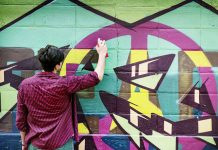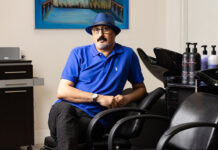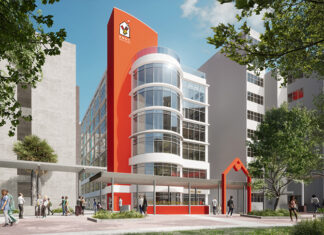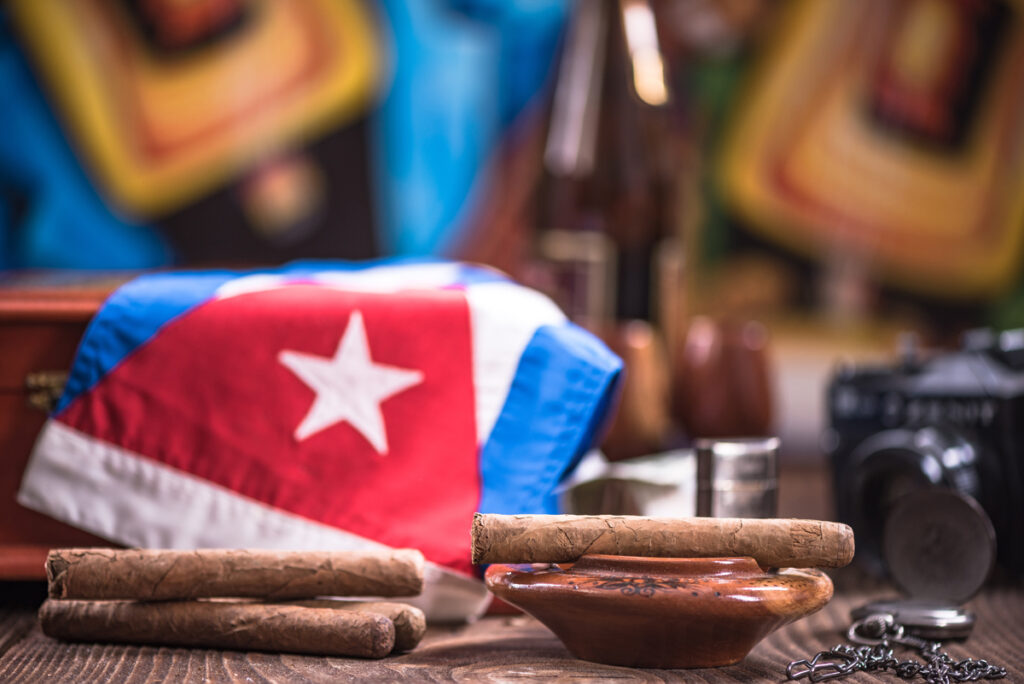
Growing up in Miami, my Cuban heritage followed me in ways I took for granted — eating pastelitos de guayaba that my grandfather would bring each week, celebrating Nochebuena with family and friends on Christmas Eve, and listening to the Cuban ensemble beats of Buena Vista Social Club echoing throughout my home. But despite all of this, I didn’t think I was Latina. Since my father is American, I didn’t grow up in a Spanish-speaking household. It was always made painfully clear in grade school when kids who recently moved from countries throughout LATAM teased me, calling me gringa.
It might sound strange to someone not from Miami, but I was only one of a handful of students in my school born in the U.S. It was clear to me I wasn’t Latino like them, so I assumed I must’ve been strictly American. I hated to dance and loathed when I felt pressured to do so. Classmates would play music and start dance circles during school events, and although I should have felt joy, I was anxious. I made fun of reggaeton for having the same beat. I refused to learn Spanish. Eventually, I had my fill of Miami and needed a break — so when it was time for college, I set out to New York to escape for a while and hopefully gain a new perspective. It wasn’t until I began my studies at NYU that I realized what it meant to have an identity and, despite the challenges I’d faced during my youth in Miami, The Magic City embodied a life unlike anywhere else in the world. I also didn’t realize that having a Cuban-American identity meant something to me. Without the cultural backdrop of Miami, I felt like I was lost on a white canvas. Who was I and what was my culture? I felt like I had none. I surprised myself by missing the warmth of Latino culture, from the subtle kisses on the cheek to the rumba of Latino music. I missed my parents, grandparents, relatives, neighbors, friends and cousins. I floundered for community in a place where nobody understood Cuban culture nor history. Despite the allure of The Big Apple, the pull toward Miami grew stronger during my undergrad years.
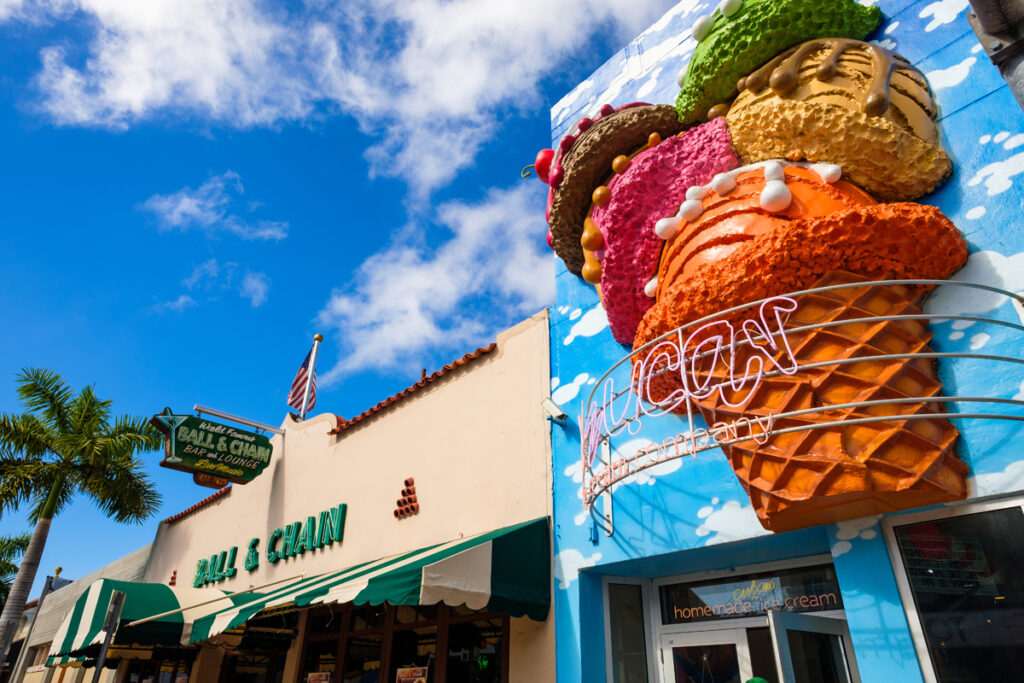
As the semesters passed, I found myself looking for ways to capture a feeling of home. I taught myself how to make tostones and relished in sharing the magic of plátanos with my non-Latino roommates. I began emailing my grandfather for recipes, and on cold blustery nights, I slow cooked black beans and rice in my apartment. I bought myself a cafetera to learn how to make espumita and Cuban cafecito, reminiscing of countless, serendipitous moments where those little white cups were offered to me in the most random places by complete strangers. Without Miami, I realized that it was up to me to continue my culture; I hadn’t realized how little I embraced my Latinidad until Miami no longer provided that space for me. I began teaching myself Spanish and taking language courses. I signed up for salsa classes and read more Cuban history and literature.
By my senior year in college, I was President of the Cuban-American Student Association (CASA). On one cold, spring weekend morning, I took the train to Roosevelt Island just to show a friend how to make Cuban coffee. She hovered over my shoulder, mesmerized by the tiki-tiki of my spoon clicking in the cup. As the golden cream floated to the surface and her eyes lit up at the first sip, I felt a flutter of pride in living out my Miami roots.
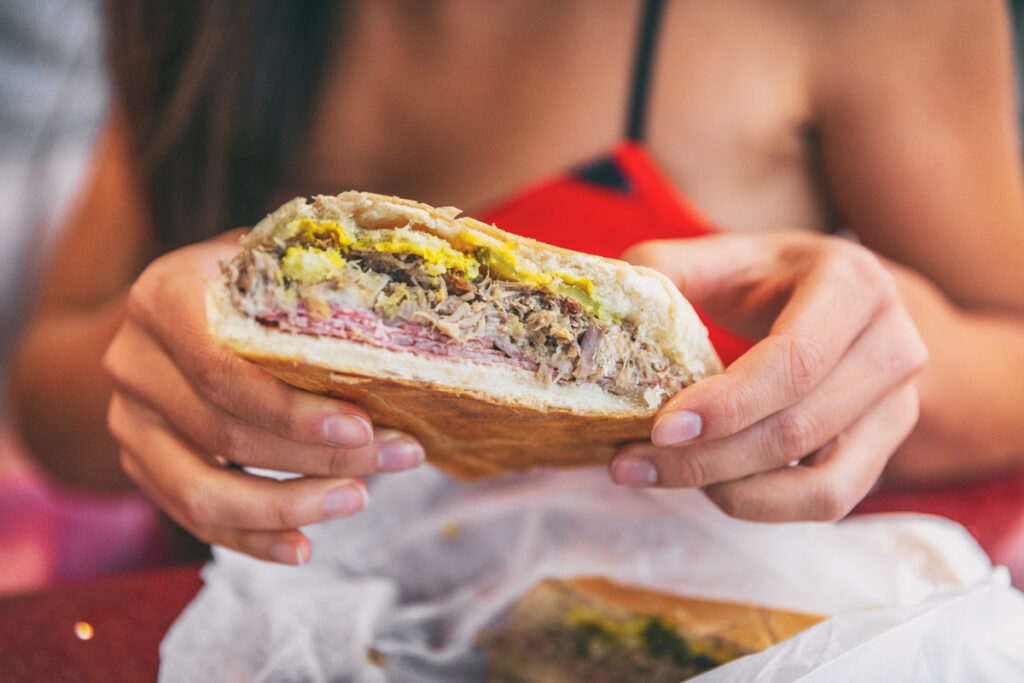
My next adventure took me to Florence, Italy, where I studied abroad in 2020. But it wasn’t until the pandemic brought me back to Miami that I felt like my most authentic self. I surprised myself and my friends when I decided to return to Miami after graduation. Everything from the iconic “Jefe No Paga?” billboard on the drive back from the airport to the way Hispanic culture so beautifully weaves through day-to-day life makes me grateful for the Latin fusion that flows in my hometown. For those like myself, who grew up in gray areas of generational heritage, Miami validates our identity. I would never claim to be the same kind of Latina that was born in Latin America. However, I’m my own variety that’s endemic to Miami and is part of a unique hybridization of American and Latino cultures. Together, we have the power to make the world a better place. I’m forever grateful for this vibrant life I’ve been given.
If I’ve learned anything throughout my journey, it’s that being Latina in Miami means being part of a greater mosaic of cultures that all share similar experiences, perspectives, values and traditions. It feels so freeing when I don’t have to explain why I greet people with a kiss on the cheek or why I so effortlessly switch from English to Spanish to Spanglish, often without even realizing it.
While other major cities in the U.S. and around the world are true melting pots of cultures, Miami is a straight up casuela. Day in and day out, we live up to our well-earned nickname as the “Gateway To The Americas.” And I’ve never been prouder to call Miami home.



